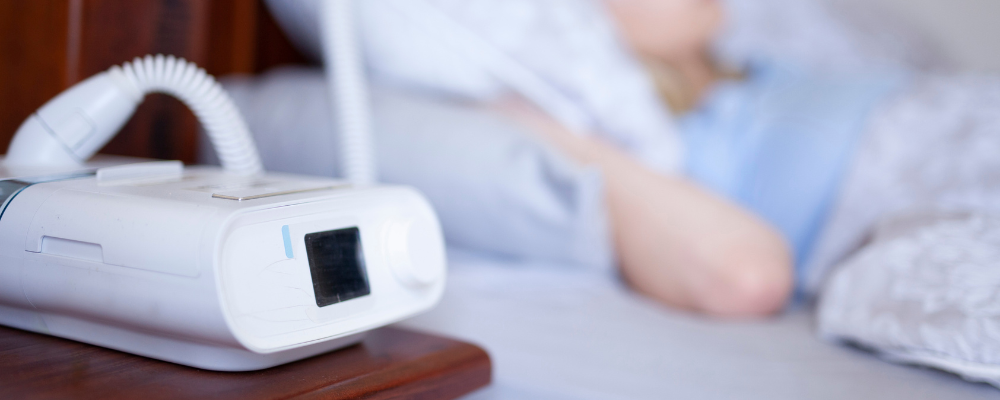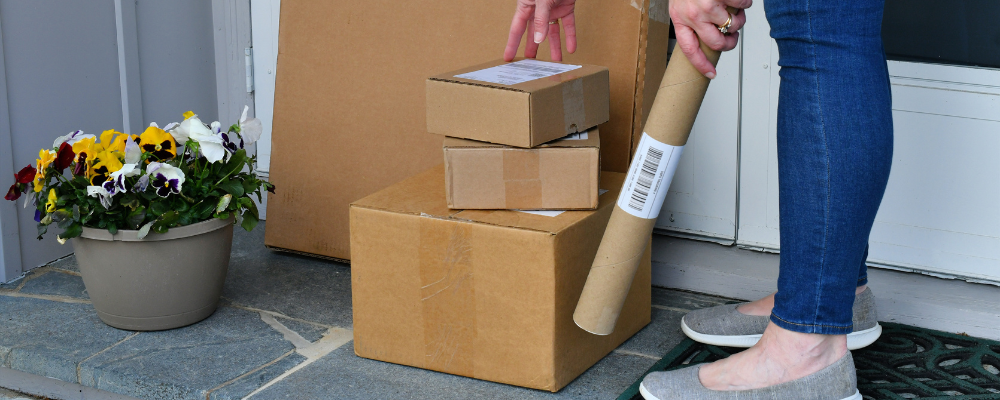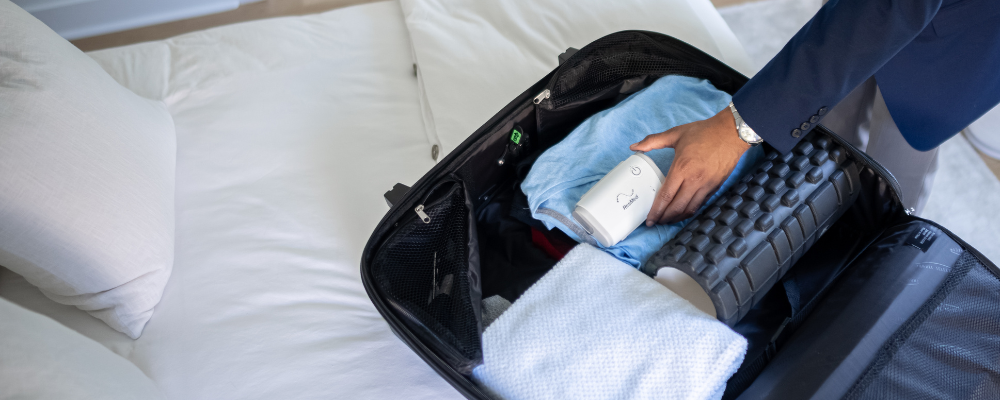I lived all my life in Scotland until my American husband proposed moving to Florida, where he grew up. I was excited for the change! I dreamed of trips to the beach and pool and glorious weather every single day.
That was 16 years ago and life in Florida has largely lived up to my expectations, but one of the elements that I found a bit more challenging was understanding the United States health insurance system. Luckily, there are places like Aeroflow Sleep who can help today, so you don’t have to learn from experience the hard way like I did.
IN THIS ARTICLE:
My Experience Using Health Insurance For CPAP
Online CPAP Supplies With Insurance
4 Things You Need To Get CPAP Through Insurance
CPAP Supplies Delivered When You Need Them
Which CPAP Parts Can’t Be Covered Through Insurance?
CPAP SUPPLIES THROUGH INSURANCE:
Aeroflow Sleep is in-network with most primary insurance companies and is accreditted by Medicare and Medicaid. Complete our Qualify Through Insurance Form, and we will automatically check to see if your plan covers CPAP supplies; including a machine, mask, and accessories. ***Must have a sleep study to qualify.***
You will also receive the care and attention every sleep apnea patient deserves; one-on-one clinical support in-home or via telehealth, a dedicated Sleep Specialist you can contact during business hours, and a user-friendly online portal with tailored replacement schedule, important updates and notifications, and educational resources.
Let us take the headache out of healthcare. Join the Aeroflow Sleep family today! It only takes 5-7 minutes to get started.
My Experience Using Health Insurance For CPAP
When my doctor referred me for a sleep study, I called my health insurance provider to check if the testing would be covered by my plan. I was terrified I would go to the wrong doctor and run up a huge medical bill. Their customer service reps assured me that my sleep specialist was “in-network.” I had a sleep study and received my sleep apnea diagnosis, so my sleep specialist wrote a prescription for CPAP and sent me to a brick-and-mortar durable medical equipment (DME) store around the corner from his office.
Having talked to my insurance company before the sleep study was performed, I felt confident that I had followed all the instructions and everything was going to be covered by my plan. It never occurred to me that the CPAP supplier might take different insurance plans than the doctor I had seen. It turned out that the DME company I was sent to did not take my health insurance plan, and I got bills for CPAP supplies I was expecting to be covered under my plan.
I eventually ironed out my issues and was able to get my CPAP machine and supplies from a different DME supplier covered by my plan, but it took so much of my time and involved a lot of phone calls and a physical trip to a different DME supplier.
Online CPAP Supplies With Insurance
A lot has changed for the better since my diagnosis in 2007. Many online options have become available since then. Sometimes, the choice can even be overwhelming. It’s important to make a distinction between online CPAP supplies companies who work with insurance and those who don’t.
There are many sites advertising low prices for CPAP machines and supplies who don’t take medical insurance (where patients pay out-of-pocket) but work to support patients without insurance or patients with high deductible plans. For patients with insurance who want to use their plan, it’s important to pick an online supplier; like Aeroflow Sleep, who are used to dealing with insurance coverage.
Dotting i’s and crossing t’s can be the difference between an insurance claim being approved or rejected. When I think of all the time I spent on the phone when I was first diagnosed, the idea that a company can take care of that hassle for me is a relief.
4 Things You Need To Get CPAP Through Insurance
Getting a CPAP covered by medical insurance will require 4 things: a doctor’s visit, a sleep study, a prescription, and compliance.
1. A Doctor's Visit
First and foremost, insurance companies are not going to cover medical devices (such as CPAP) without a prescription, and a prescription cannot be written without a sleep diagnosis from a physician. Talk to your doctor if you think you have sleep apnea, and make sure they note your visit before you have the sleep study. These office notes will be part of your required documentation.
2. A Sleep Study
Next, a sleep apnea diagnosis is made following either an in-lab polysomnogram or an at home sleep test. The doctor will classify a patient’s sleep apnea into either mild, moderate, or severe categories. The apnea-hypopnea index (AHI) is used to identify where a patient is on that range.


3. A Prescription
Different insurance companies have different requirements for the minimum AHI needed to qualify for CPAP, so it could be that a patient with a lower AHI still has CPAP covered by insurance because of certain co-existing conditions. That’s where your doctor’s clinical judgment comes in and a prescription will be written.
4. Compliance
Finally, patients are told if they don’t “comply” with a certain number of hours of using their CPAP, the insurance company will deem them “non-compliant” and refuse to pay for CPAP therapy. The most important element of CPAP compliance for patients is to know exactly what is required by their insurance company ahead of time.
How much you need to use your CPAP machine in order to meet insurance requirements varies between companies. However, the requirements set by the Centers for Medicare and Medicaid Services (CMS) have become a standard benchmark and are adopted by many insurance companies: “Adherence is defined as usage of the device for at least 4 hours per night on 70% of nights during a consecutive 30-day period.”
This is a minimum usage for insurance coverage only and not the recommended amount of time you should use your CPAP. That’s an important distinction because the goal is to use your machine, as directed by your doctor, every time you sleep; including naps.
CPAP Supplies Delivered When You Need Them
New CPAP users have a lot to take in when it comes to setting up their machine. What some patients miss is the fact that CPAP parts—like masks, tubing, and the humidifier chamber—need to be replaced regularly. If a hose develops a hole or a humidifier chamber gets a crack, the pressure delivered by the CPAP could be compromised.
Using a CPAP supplier who takes health insurance, like Aeroflow Sleep, can help you stay on top of those regular replacements, because supplies can be automatically shipped to your door on the CPAP manufacturer’s recommended schedule. Patients leaving their replacement schedule up to memory often forget, and it can be tough to remember how often to replace each part when manufacturer recommendations vary.
Using an online CPAP supplier who can automate those orders and dispatch the items you need at the right intervals allows you to “set it and forget it.” Of course, along with routine cleaning, it’s a good idea to take a close look to check for signs of damage. If that happens before your CPAP supplies are due for replacement, having a reliable resource in your provider can help with repairs at little or no cost.
Which CPAP Parts Can’t Be Covered Through Insurance?
There are some pieces of equipment that aren’t normally covered by health insurance. One such item is a travel CPAP; a smaller, lighter version of the standard machine. Although these are convenient for frequent travelers, insurance companies don’t consider travel machines as essential. The same goes for most accessories and upgraded heated elements; like heated tubing or heated humidifiers.
If you’re in the United States and qualify for a Health Savings Account (HSA) or Flexible Spending Account (FSA), either of those can be used to pay for items that are not covered under your health insurance policy, but a lot has changed since I first moved to the states 16 years ago…
I’m feeling like a bit of a pro with health insurance these days. I now know my copays from my deductibles, and online CPAP suppliers who take insurance have made life as a CPAP patient much more convenient. The regular deliveries of supplies mean less work keeping track of replacement schedules and more time for me to spend enjoying the Florida weather I moved here for.
Take advantage of companies like Aeroflow Sleep so you can do the same, even if some CPAP parts can’t be covered with insurance. At least then you’ll know with a little bit of help.
References
Naik S, Al-Halawani M, Kreinin I, Kryger M. Centers for Medicare and Medicaid Services positive airway pressure adherence criteria may limit treatment to many medicare beneficiaries. J Clin Sleep Med. 2019;15(2):245–251.










